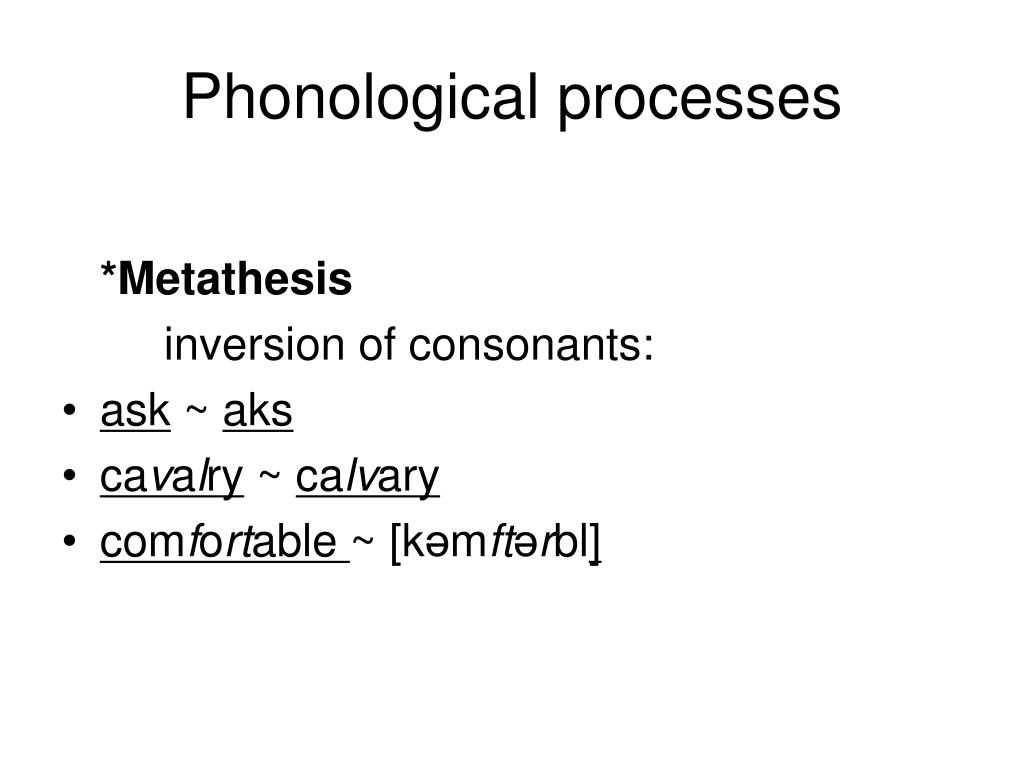

First, we review Flege's (1981) speech learning model (SLM) and discuss its implications for adult language learning regarding the impact of language experience and the interaction between NL and TL phonetic inventories. In this article, we address the second challenge by presenting a framework for adult phonological learning that addresses general learning influences and informs pronunciation teaching practices. Yet experts in the field of adult pronunciation instruction report the following two broad challenges to this area of practice: (a) a lack of empirical studies addressing pronunciation instruction and (b) research that addresses general learning influences without informing teaching practices ( Munro & Derwing, 2011). This type of efficacy should also apply to pronunciation training in adults with speech differences rather than disorders. When treating sound errors in children, clinicians attempt to effect the greatest amount of change in the child's phonological system with the least amount of teaching ( Gierut, 1998). However, in our well-intentioned efforts to distinguish difference from disorder, speech-language pathologists may be overlooking effective approaches for accent modification simply because those approaches are already associated with the remediation of speech disorders in children.
PHONOLOGICAL PROCESSES LIST DRIVERS
In this framework, clinical experience, published empirical research, and client values act as drivers of best practice ( Kamhi, 2006). This clinical rigor is encapsulated in the framework of evidence-based practice. Regardless of this distinction, the same clinical rigor applied to the treatment of speech disorders should also be applied to accent modification services ( Franklin & Stoel-Gammon, 2014 Levy & Crowley, 2012 Muller, Ball, Guendouzi, & Muller, 2000 Sikorski, 2005). ASHA clearly states that foreign accents demonstrate speech differences rather than speech disorders ( ASHA, 1997). In fact, depending on the clinical population served, some speech-language pathologists may benefit from receiving accent modification if they plan to provide services outside of their native language community ( Levy & Crowley, 2012).Īccent modification is an acknowledged area of clinical practice for speech-language pathologists ( American Speech-Language-Hearing Association, 1997 Derwing & Munro, 2005 Sikorski, 2005). In such cases, nonnative speakers may elect to receive accent modification from teachers of English to speakers of other languages or speech-language pathologists to improve their communication skills. However, there are times when interference between a speaker's native language (NL) and target language (TL) does result in reduced intelligibility and comprehensibility ( Bresnahan, Ohashi, Nebashi, Liu, & Shearman, 2002 Trofimovich & Isaacs, 2012). Speaking with a foreign accent does not automatically lead to communication difficulties such as low intelligibility or comprehensibility ( Derwing & Munro, 1997, 2009). Gluszek and Dovidio (2010) demonstrated that speakers with strong foreign accents reported more difficulties with communication and a higher perception of stigmatization from others than did individuals with mild accents. A study by Munro (2003) identified stereotyping, harassment, and job discrimination as some of the negative social consequences experienced by English language learners (ELLs).
PHONOLOGICAL PROCESSES LIST PROFESSIONAL
Some nonnative speakers of English may experience negative social and professional consequences as a result of their foreign-accented speech ( Deprez-Sims & Morris, 2010). Most adults who learn a new language will speak that language with a noticeable foreign accent ( Flege, Munro, & MacKay, 1995 Scovel, 2000).


 0 kommentar(er)
0 kommentar(er)
